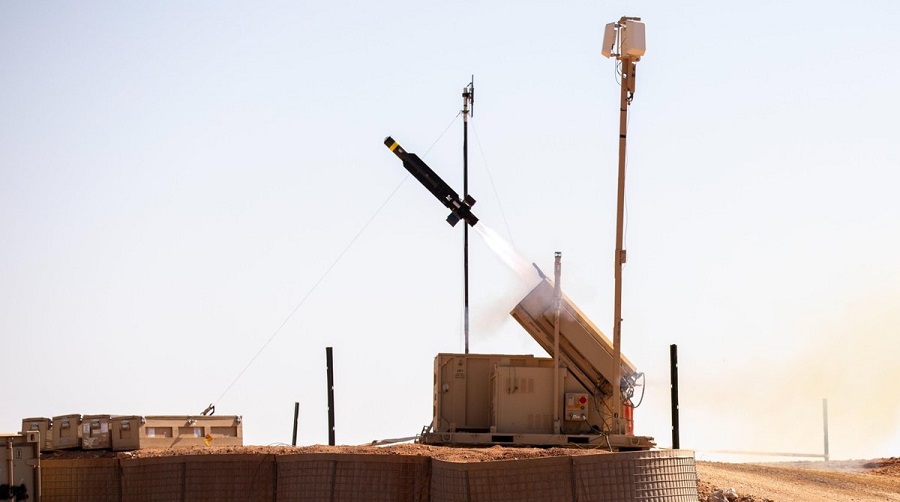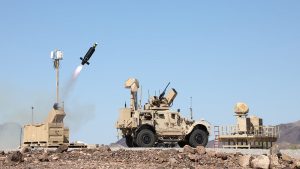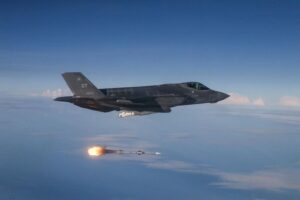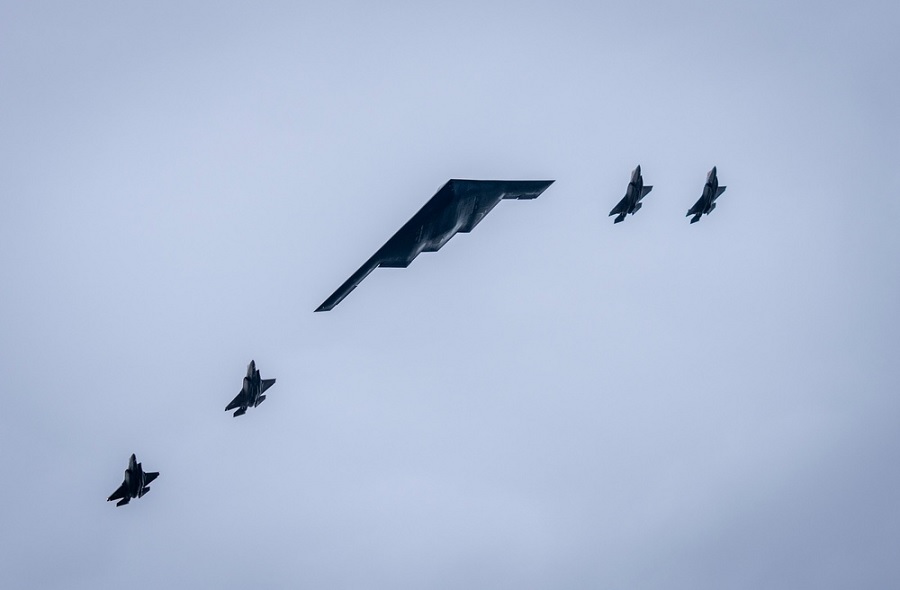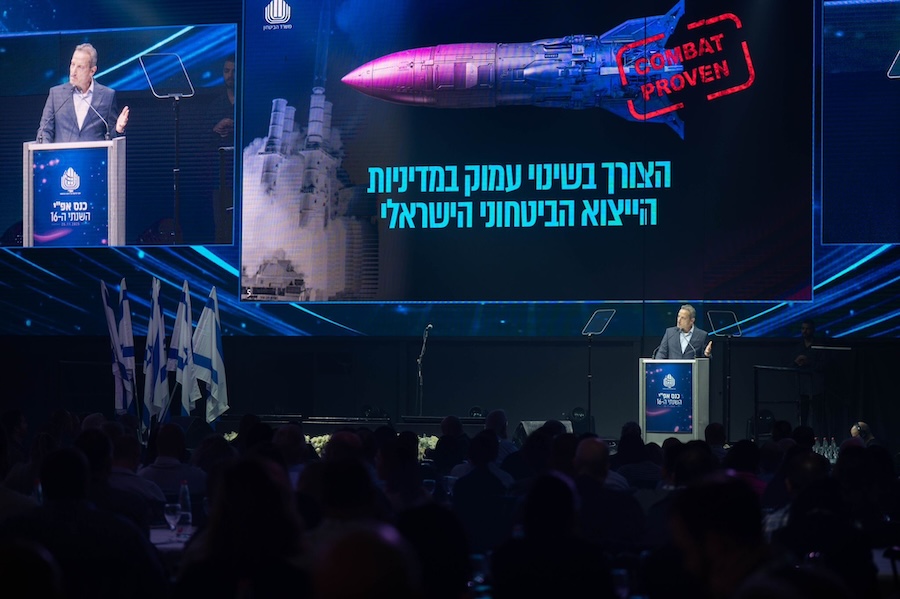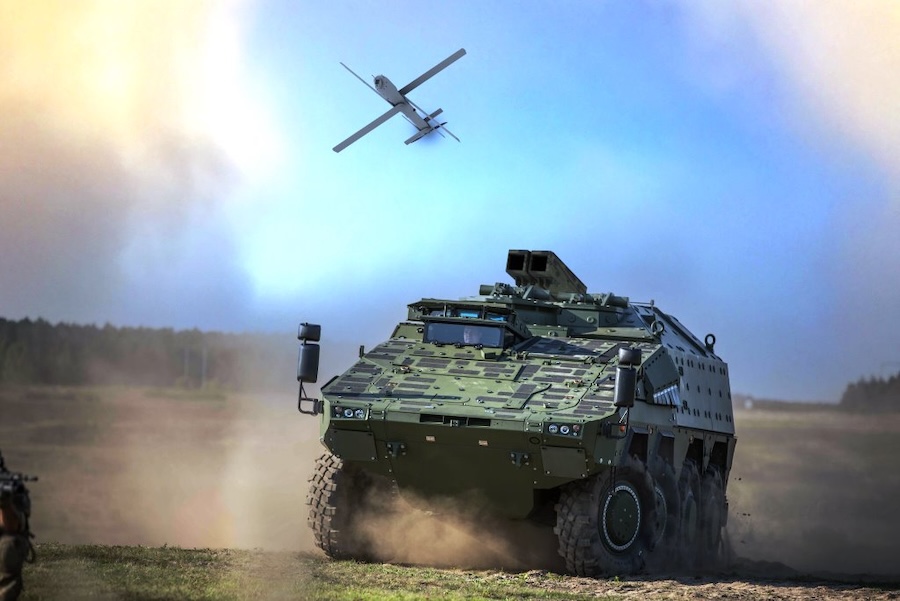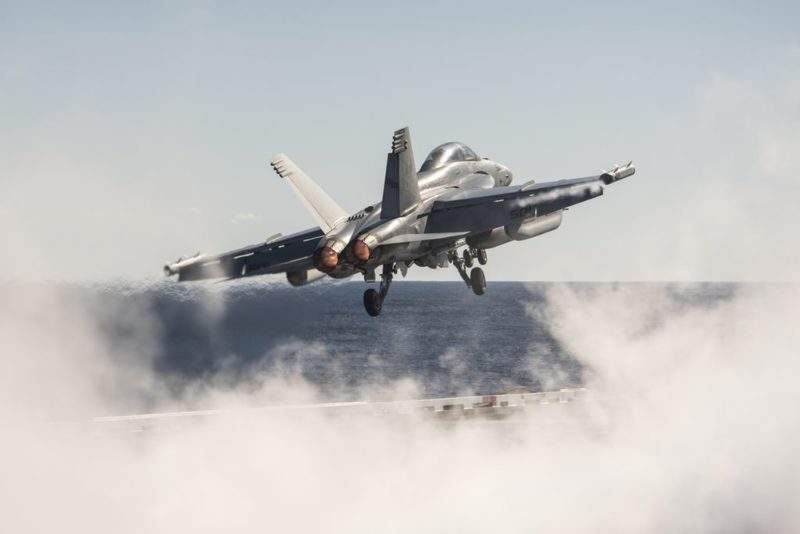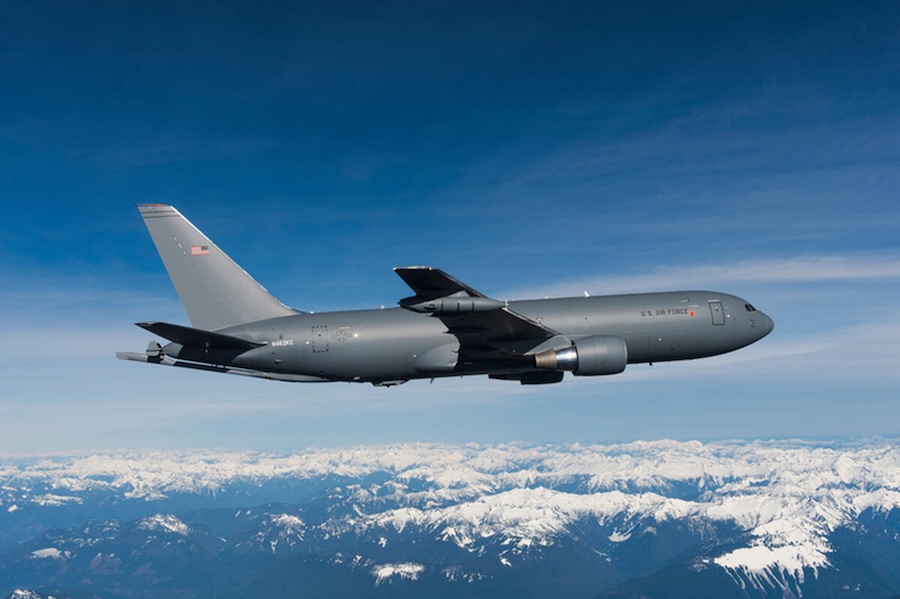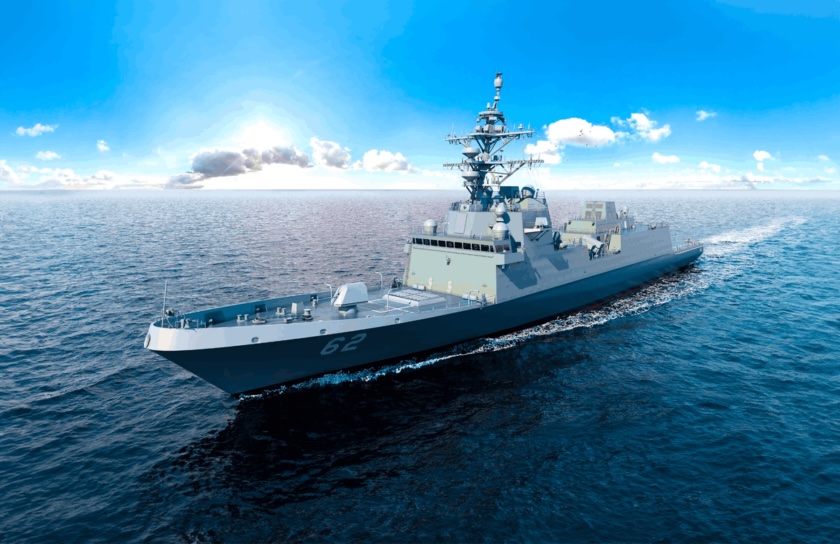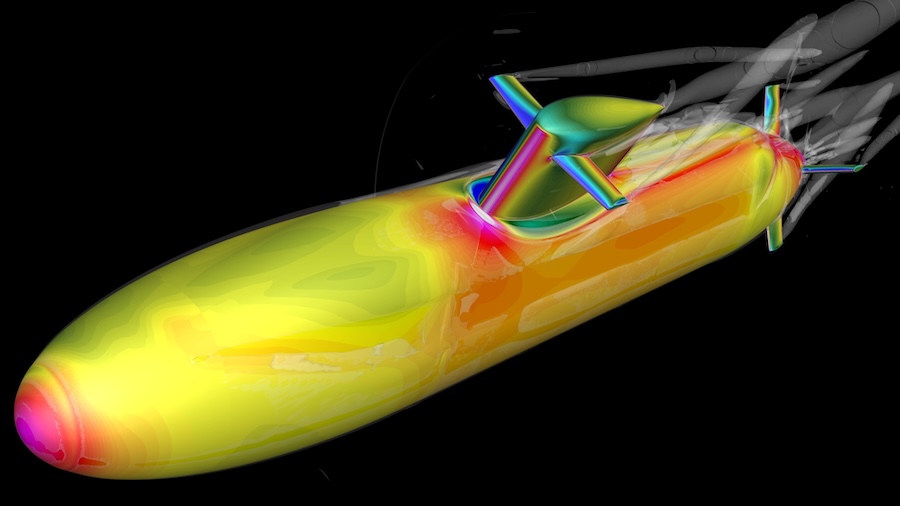The successful launch of several interceptors demonstrated the ability of the new Coyote generation to strengthen protection against drone and missile attacks. CENTCOM said this was a necessary measure given the growing challenge posed by such threats in the region.
During a base defense exercise, the Coyote Block 2C conducts counter UAS launches in the U.S. Central Command area of responsibility. @CJTFOIR
(U.S. Army photo by Staff Sgt. Fred Brown) pic.twitter.com/jR2Vv0DzPM— U.S. Central Command (@CENTCOM) August 16, 2025
The combat-proven Coyote® effector is a low-cost, rail-launched missile variant with a boost rocket motor and a turbine engine for high-speed counter-unmanned aircraft system (C-UAS) and launched effects missions. Small and expendable, its kinetic and non-kinetic variants can defeat unmanned aircraft systems of different sizes at longer ranges and higher altitudes than similar class effectors.
Raytheon’s Coyote C-UAS can counter both single drone threats and swarms, supported by reduced engagement timelines to neutralise multiple targets. When paired with Raytheon’s Ku-band Radio Frequency Sensor, or KuRFS radar, the systems provide essential detect and defeat capabilities in the defence against unmanned aircraft systems.
These proven capabilities are already deployed in the U.S. Army’s C-UAS solution known as LIDS, the Low, slow, small, unmanned aircraft Integrated Defeat System. The Block 2C version is equipped with a kinetic warhead containing a 1.8-kilogram fragmentation explosive charge, designed to neutralise both individual drones and swarms.
US forces consider such threats a priority due to the increasing use of low-cost unmanned aerial systems by state and non-state actors. The Block 2C is integrated within LIDS, which combines KuRFS radar, control stations, and adapted launchers for rapid operational deployment.
Powered by a turbine engine, the Block 2C can reach speeds of 555 to 595 kilometres per hour, enabling engagement of manoeuvring targets at distances of 10 to 15 kilometres. The system has the ability to reengage if an initial interception fails.
The interceptor destroys drones by detonating near its target, with acquisition relying on radiofrequency scanning. The Ku-band Multi-mission RF System (KuMRFS) radar, equipped with four electronically scanned antennas, provides a detection range of seven kilometres and plays a central role in tracking and targeting.
Together, KuMRFS and the Block 2C offer forces the capability to detect, track, and neutralise unmanned aerial vehicles before they approach the perimeter of a base or sensitive facility. This marks a significant advancement in efforts to defend against evolving aerial threats.




